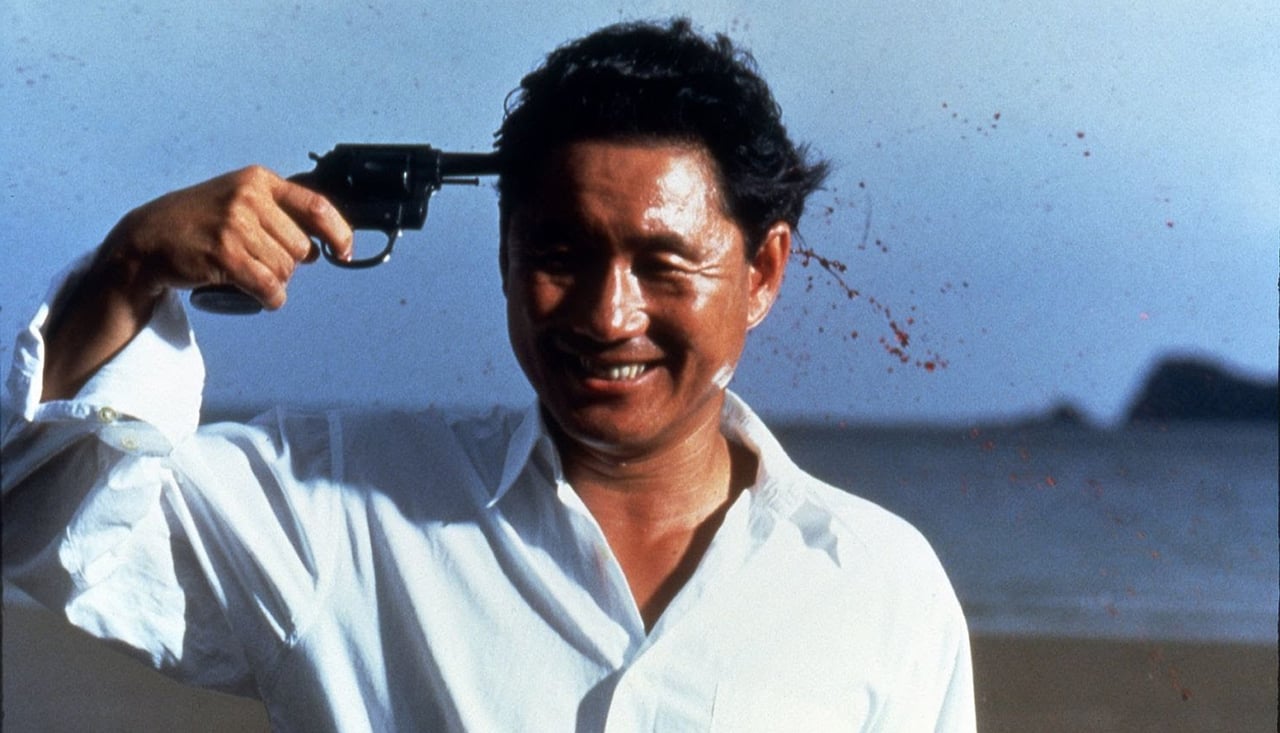
Takeshi Kitano is one of Japan’s most celebrated award winning film-makers. Across Europe his work is highly regarded, with his highlight being the recipient of the Golden Lion award for Hana-Bi at the Venice International Film Festival.
To most of the casual film fans in the western world his filmography is still relatively unknown, although some recognise him from Battle Royale, hit TV show Takeshi’s Castle (Most Extreme Elimination Challenge) and more recently as Daisuke Aramaki in Hollywood’s adaptation of Ghost In The Shell.
Even though Kitano’s films are well received in international film circuits, his work can be polarizing which is why the majority of his films haven’t been commercial hits in his native Japan where they often still view him as a comedian and television host.
Takeshi Kitano’s idiosyncratic cinematic work often focuses on stories about the Yakuza (Japanese Mafia) and the police. His cinematography style is minimalistic, yet elegant. Focusing on long takes with static camera movements, sometimes with barely anything happening in frame.
With a reputation for some of his work containing strong elements of violence, Kitano isn’t afraid to show blood or gun shots or pinkies being chopped off on screen. But with his simplistic style of film-making often he edits to the aftermath of an event, so the viewer doesn’t actually see the action occur, but still knows what happens. This is one of Takeshi Kitano’s strong points as he knows how to get the viewer to feel what emotions he is trying to convey and can achieve it in numerous ways.
The majority of Kitano’s filmography is written, directed, edited by and often starring himself. He very much has full control over his body of work which allows him to express himself artistically and to tell the stories he wants to tell without interference from a major studio.
17. Glory To The Filmmaker
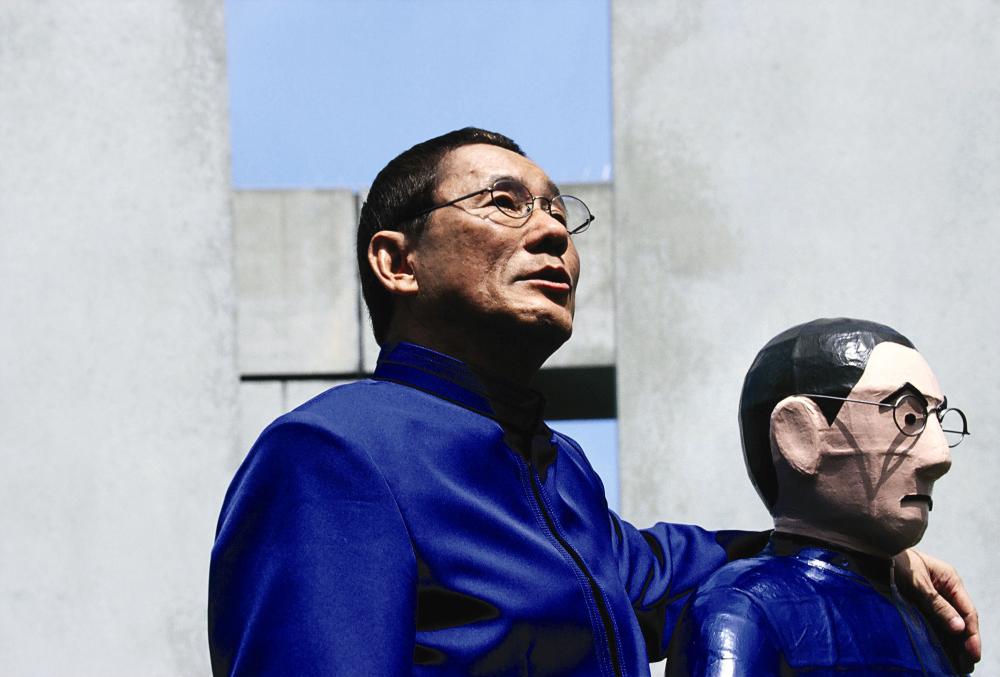
The second part of Kitano’s surrealist autobiographical trilogy is his weakest film. Following on from Takeshis’, Kitano is back making a set of films that “are not for critics or audiences” as he put it.
Takeshi Kitano stars as a unreal version of himself. Kitano is a celebrity in his homeland but also a successful film-maker internationally, he has stated he won’t make any more films like the ones he is known for. But this leaves him wondering what he can do next. As he essentially tries to wing it, picking a genre at random and trying to come up with a story that might result in a good film. Points of the story closely mirror his actual life to the point you begin question what is fact, and what is fiction.
Kitano’s attempt at making films of each genre are tackled well and if your familiar with Japanese cinema, there are some in-jokes and many laugh-out-loud moments. From spoofs of a slow black and white Ozu film, to the widely popular J-Horror films, to shots fired at artistic romantic dramas and even a spoof of period martial art films including a scene which looks right out of Shinobi.
Although the running time feels overlong even at under 2 hours, the film does have relative momentum until the midway point when things start to get more crazy and the story falls apart. The funny vignettes and wacky ideas are reduced to complete nonsense. The whole story spins off in another direction with no indication why.
The irony of Glory To The Film-maker is that the story revolves around Kitano not wanting to make any more Yakuza films, but 3 years later he tackled the Yakuza genre again with Outrage, which would go on to be one of his biggest hits.
16. Takeshis’
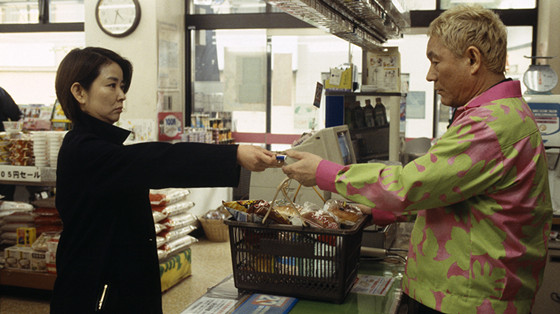
Takeshis’ was the first film of the director’s “creative destruction”. Although Takeshis’ is extremely unconventional and not very accessible, it is still a somewhat engaging ride.
Takeshi Kitano stars as struggling actor and convenience store worker called Kitano and also as a prominent actor and showbiz celebrity called ‘Beat’ Takeshi. After a chance encounter between them both, look-alike Kitano begins to go on a surreal journey interchanging between both of their radically different lives resulting in a dark unstable fantasy.
Confronting the differences between the real Takeshi and his on screen persona, you will find Takeshis’ a much more rewarding watch if you are a fan of his other work. Filled with many in-jokes about his other films, this is ideally not the best starting point if you are just discovering his filmography.
As the film becomes more absurd, it also becomes funnier. Full of Kitano-esque offbeat humour, there are Sumo wrestlers in drag, angry chefs hilariously berating customers and plenty of self parody including over stylised shoot outs. This could be in part to Kitano giving up on Yakuza films so he wanted to go out with a bang.
One of his most personal films which requires multiple viewing to understand, and even then, most of the ideas in the film are still a mystery.
15. Getting Any?
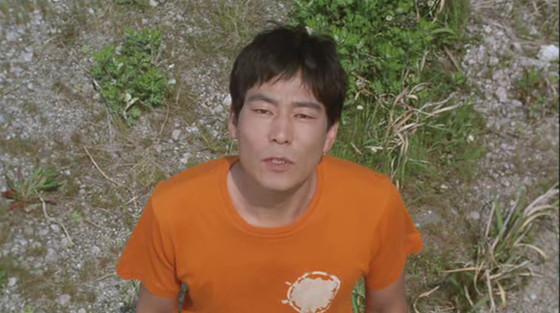
While Kitano’s other films contain comedic scenes, it took him until his 5th directed film before he made a full blown comedy. Returning to his comedic roots for Getting Any? Takeshi Kitano would unleash a slapstick sexual comedy that isn’t afraid to go to dark or disgusting places for a laugh.
Asao is a simple man who has one thing on his mind, sex. Believing that his dull life and unhappiness will all be changed if he finally gets laid, he goes on a desperate adventure to try and have sex with whoever he can and wherever he can. This results in Asao taking up ridiculous measures such as becoming an actor, a drug dealer or even a hitman. Nothing will stop him until he has accomplished his goal.
This is an extremely funny film. For the most part, the jokes work and there are many genuinely funny moments, as well as many scenes that deliver awkward laughs. Luckily the jokes are delivered at the same pace of a film like Airplane! so there is always another gag due soon.
There are Japanese pop culture references throughout and spoofs of many films including Ghostbusters, The Fly, Ultraman, Lone Wolf and Cub and Zatoichi. In another example of life imitating art in Kitano’s films, he would go on to direct a Zatoichi film 8 years later.
During an interview with Takeshi Kitano in 2003 he unexpectedly listed Getting Any? in his top three personal favourites films from his own body of work.
14. Achilles And The Tortoise
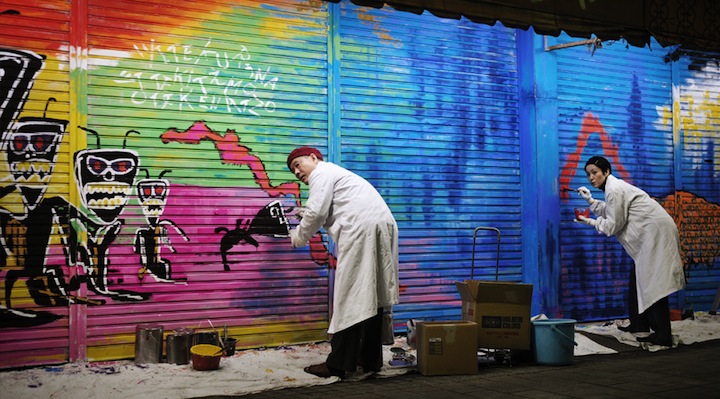
Takeshi Kitano’s last entry to his surrealist autobiographical trilogy is also the strongest of the series, this is due to many reasons including the return to a simpler narrative structure and less surrealism. In Takeshis’ he poked fun at himself as a Yakuza actor. In Glory To The Filmmaker he poked fun at his entire film-making career. And in Achilles And The Tortoise he pokes fun at his art.
A young boy Machisu is influenced early in life to become a painter by his rich father who is an art collector. The boy is constantly praised for his art because nobody wants to undermine his father. After his father loses his livelihood, he commits suicide which results in Machisu getting taken in by an orphanage, but it never stops him from wanting to become a painter and create a real piece of art.
The film follows on the motto of the title Achilles And The Tortoise. Machisu being Achilles and his art is the tortoise. It seems like no matter how hard he tries to create great art, it always escapes him. When he catches up to where art is, it has moved on a bit further, again and again.
The film is essentially split in to three sections, the first section as a young child, the second as a young adult at art school and the last being as a middle aged failed artist obsessed with still creating something great. The first 2 timelines are the stronger narrative sections which can become pretty heavy in terms of theme and tone.
The 3rd timeline is when Kitano takes over for the acting, and things start to get a little crazy with many comedy skits and less emphasis on the story. The film has many humorous moments especially in the scenes with the creation of art by some bizarre radical measures, these are done tongue-and-cheek but could also be to reflect his true feelings of modern art.
13. Boiling Point
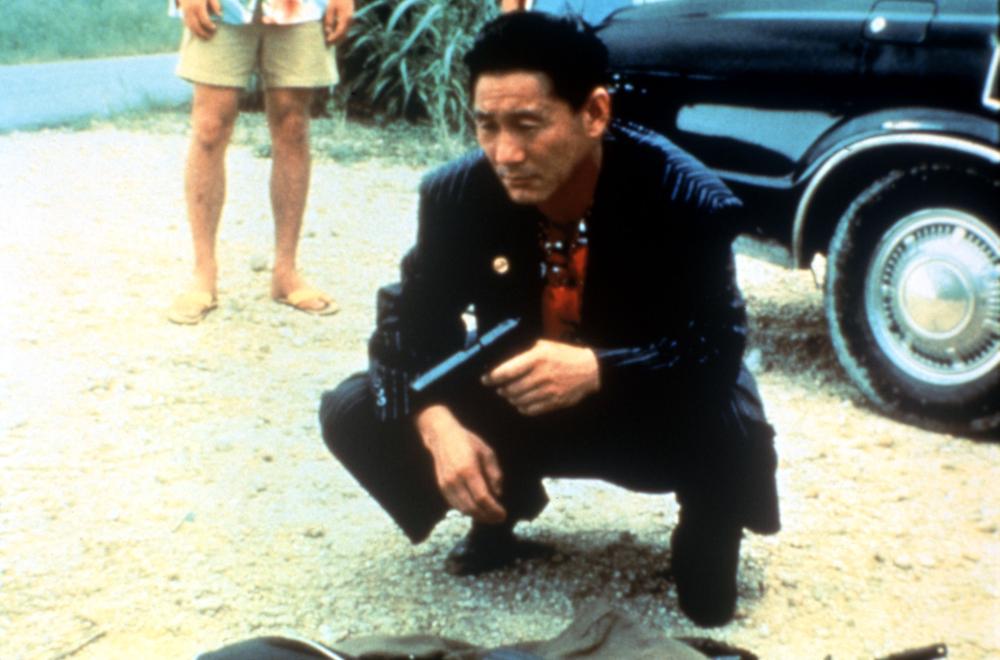
Boiling Point is Kitano’s second film as a director and first film as a screen writer. Although not as polished as some of his classics, it introduced create many characteristics and themes that are prevalent throughout future films such as Sonatine, Hana-Bi and Brother.
Masaki is a simple reserved man who has a few loves in life, riding his motorbike and playing for his losing baseball team. His coach is beaten by a local Yakuza after Masaki accidentally crosses him, which results in them fearing for their lives. Masaki flees to Okinawa to buy a gun so his coach can get revenge. Unfortunately, after arriving he is befriended by a psychotic gangster who has his own plans of revenge against the Yakuza.
Boiling Point introduced dark comedy to Kitano’s films to combat the heavy violent themes, many of which are visual comedic moments. An indulgence in brutal violence is rampant throughout with the slow shoot-outs, characters getting bloody beatings or slapped around and even some sexual assault towards both men and women.
Takeshi Kitano delivers a stunning performance as perverse gangster Uehara, who is as charming and funny as he is scary and disturbing. Unfortunately Kitano only has a supporting role in the film as more screen time could have elevated the film higher. Somewhere neatly in between a coming-of-age story and a gangster thriller is Boiling Point.